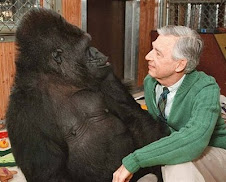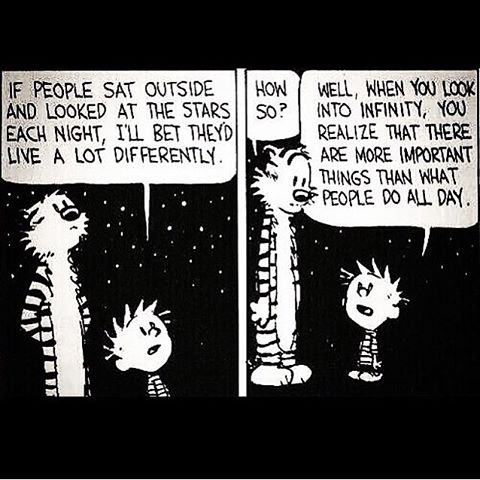Friday, May 19, 2017
Walking promotes divergent thinking
How Does the Brain-Body Connection Affect Creativity?
Humans have a complicated relationship with walking. This wasn’t always so. British paleoanthropologist Mary Leakey identified marks of bipedalism dating back 3.7 million years in Tanzania—it’s an old endeavor indeed. The story of our uprightness was, for most of history, one of survival and thriving. Today the tale of our peculiar relationship to gravity is being written much differently.
Bipedalism conferred onto us two distinct advantages. First, it helped us gaze longer into the landscape than quadrupeds, who must rely on mountaintops and trees to acquire such spatial information. This helped us quickly identify prey and predator, both of our species and others. Our reaction time increased.
Secondly, and more importantly for this story, the ability to walk turned us into efficient communicators. As a social animal the extra distance offered by bipedalism let us signal across large expanses. Creative means of communication developed. Walking and creativity developed together.
Was walking considered a creative endeavor, however? Utilitarian, definitely. Every facet of our existence relied on an ability to travel long distances (as well as, in the early days of agriculture, walk around tending to crops). Today nomadism is romanticized, but for millions of years it was necessary for survival.
The more sedentary the world has become, the more the primitive act of walking is romanticized. Gardens erected by 17th-century British aristocracy were our introduction to what would become public parks—specific locations of recreation and retreat to spend hours meandering through. To celebrate, poets and thinkers poured accolades on our simplest and most profound example of biomechanics... (continues)
Humans have a complicated relationship with walking. This wasn’t always so. British paleoanthropologist Mary Leakey identified marks of bipedalism dating back 3.7 million years in Tanzania—it’s an old endeavor indeed. The story of our uprightness was, for most of history, one of survival and thriving. Today the tale of our peculiar relationship to gravity is being written much differently.
Bipedalism conferred onto us two distinct advantages. First, it helped us gaze longer into the landscape than quadrupeds, who must rely on mountaintops and trees to acquire such spatial information. This helped us quickly identify prey and predator, both of our species and others. Our reaction time increased.
Secondly, and more importantly for this story, the ability to walk turned us into efficient communicators. As a social animal the extra distance offered by bipedalism let us signal across large expanses. Creative means of communication developed. Walking and creativity developed together.
Was walking considered a creative endeavor, however? Utilitarian, definitely. Every facet of our existence relied on an ability to travel long distances (as well as, in the early days of agriculture, walk around tending to crops). Today nomadism is romanticized, but for millions of years it was necessary for survival.
The more sedentary the world has become, the more the primitive act of walking is romanticized. Gardens erected by 17th-century British aristocracy were our introduction to what would become public parks—specific locations of recreation and retreat to spend hours meandering through. To celebrate, poets and thinkers poured accolades on our simplest and most profound example of biomechanics... (continues)
Subscribe to:
Post Comments (Atom)




 Charles Darwin (
Charles Darwin (














No comments:
Post a Comment